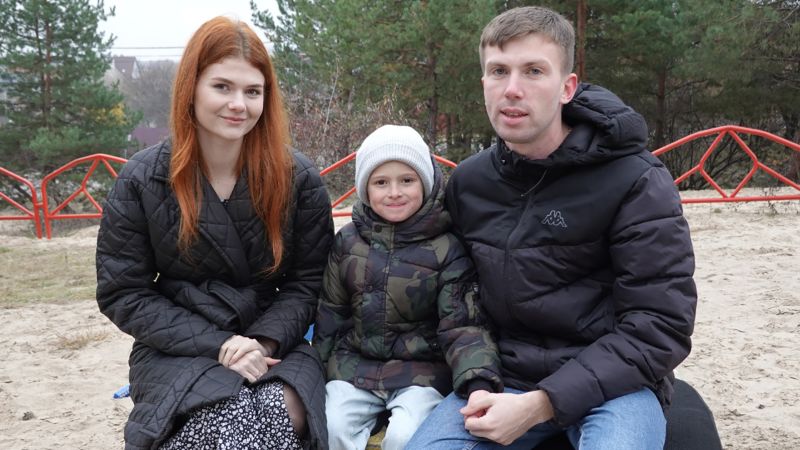By the end of 2024, Indiana state, municipal, and county governments are expected to receive and spend more than $ 5.8 billion in US federal bailout funds.
Money is flowing statewide and it could have a transformative effect on our communities. To name a few, Terre Haute gets $ 38.2 million. Kokomo will receive more than $ 20 million. New Albany will raise over $ 16 million. The counties also receive considerable sums of money.
Talk to an elected official and he will tell you that there are many requests for spending these ARP funds. When there is a pot of money, everyone has an idea of ​​how it should be spent.
Among the most popular proposals for the use of funds were infrastructure projects and bonuses for essential public employees. While these are meritorious causes, the law is called the American Rescue Plan for a reason. There are Americans who struggle to pay their bills, put food on the table, and acquire decent housing, and these issues should be prioritized locally.
According to the National Low Income Housing Coalition, Indiana lacks rental housing that is both affordable and available to very low-income residents. The organization says in its Indiana report that these residents are “severely cost-burdened, spending more than half of their income on housing.”
And as a result, according to the coalition, these low-income residents are more likely than other tenants to sacrifice health care and healthy eating to pay rent.
Such a problem does not afflict only the poor. The lack of adequate housing requires more government subsidies, which means that taxpayers have to pay for these costs.
Some government agencies choose to spend ARP funds to help the homeless, help struggling families, and strengthen poverty-focused youth programs. But more should be done.
Jeffersonville is a perfect example of a community that should tackle low and moderate income housing with some of its ARP funding.
The city is continuing a series of grants to stack with its $ 10 million ARP fund to expand the wastewater treatment facility at the River Ridge Commerce Center. It might save sewer customers a few dollars a month, but it will mainly help the industrial park.
It’s about putting the cart before the horse.
If River Ridge attracted a huge employer to Clark County Park, where would the workers live? And unless the wages are over $ 25 an hour, how could they afford to get decent housing?
Most of the average apartments in Southern Indiana charge over $ 800 in monthly rent. Jeffersonville also continues to struggle with homelessness. Jobs are wonderful, but they don’t mean much if they don’t pay enough to cover housing.
It’s a perfect example of how a city and county could come together and spend a portion of their ARP funds to tackle affordable housing. And with the neighboring town of New Albany poised to reduce its number of public housing units, it’s an issue of regional significance.
The US Treasury Department says that among ARP’s funding goals, supporting immediate economic stabilization for households and businesses is a priority.
There is no more immediate demand for those who need help than stable housing. Policymakers in Indiana should make sure that a portion of the bailout funds really go to saving the most vulnerable. And those expenses should be transformative amounts, not just token appropriation in order to tick a box.
 Christ Yoder
Christ Yoder
/cloudfront-us-east-1.images.arcpublishing.com/gray/ODYKQRO5GRGJREMXBZNK5UFIX4.jpg)


